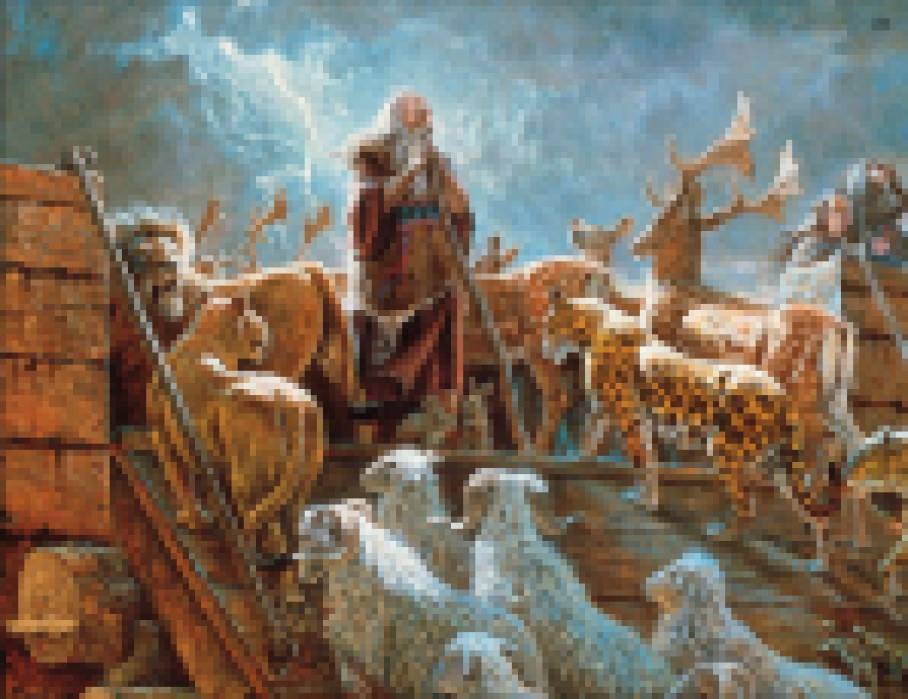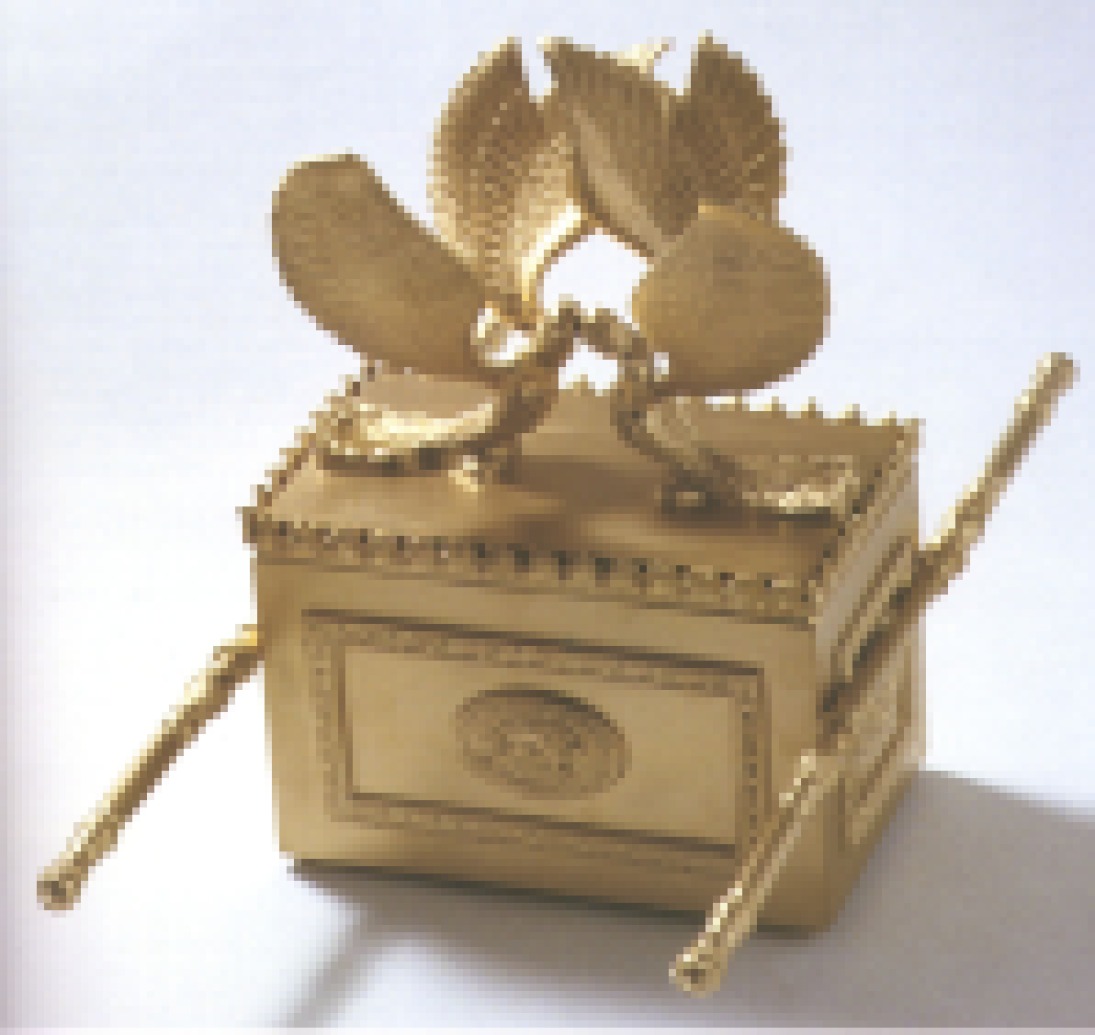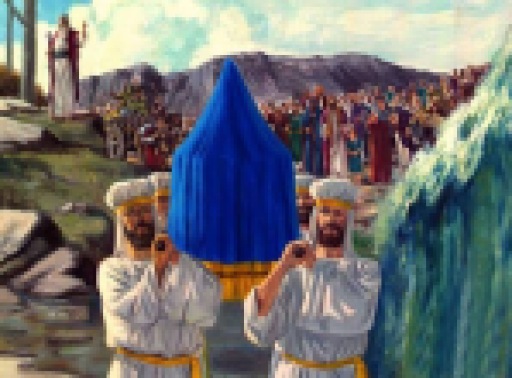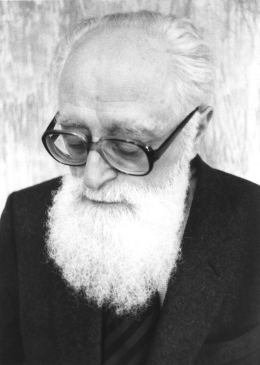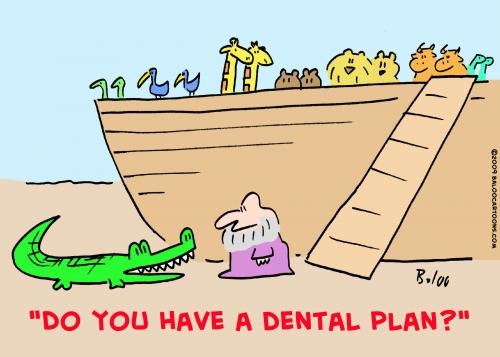There is significance to the symbolism of the ark Noah built in Genesis 6. There are three arks in the Bible.
1. The ark of Noah – contained the prophet and the salvation of Israel. The ark rested on a mountain – Genesis 8:4. The breath of life was contained in the ark – Genesis 7:15. Noah was the second Adam, from him came all creation as in Adam came all mankind in the first creation.
2. The ark of Moses – this contained the prophet and salvation of Israel (Exodus 2:3-6). It represented the Judge of Israel and deliverance. Moses received Israel’s law on Mount Sinai (Exodus 20) and this ark is where the life of Moses was preserved. Moses is a type of Jesus Christ (see Deuteronomy 18 and 3 Nephi 20).
3. The ark of the covenant– this contained the law and was considered the salvation of Israel – it was kept in the temple (1 Kings 8:1-11). The mercy seat (Exodus 25) represented deliverance. The ark was where life was preserved, where the law was kept to preserve the whole House of Israel. The ark was a symbol of the presence of the Lord Jesus Christ (Jehovah in the Old Testament). It was the place of revelation (Leviticus 16:2; Numbers 7:89).
As Israel was always to be led by the Lord and by the word of His mouth, so too the ark of the covenant was to go before them as they journeyed. This taught the children of Israel the necessity of following the path marked by the Lord and giving heed to His voice. The wood from which the ark was overlaid with gold was symbolic as well. It typified the twofold nature of Jesus Christ, who came to earth in the meridian of time, being both human and divine.
The ark was in a very real sense, a piece of the temple. It could represent a piece of heaven. When outside in the open, it was at all times to be covered with the veil. I find this an extraordinary symbol for other sacred applications with heavenly significance.
The ark Noah built had three levels, similar to the zones of holiness associated with the temple the Israelites built in the Old Testament. Noah’s ark protected his family, just as the other two arks in the Bible were a protection to Israel historically.
In a sense, the ark Noah built is a great symbol for the temple and the protection offered by the Lord to those who come to His house. Some similarities between Noah’s ark and the temple in the Old Testament can be found in the starting and ending dates associated with each. Construction of the temple began on the second month (1 Kings 6:1). The windows of heaven burst open with intense rains on the second month, causing Noah and his family to enter the ark (Genesis 7:11) The ark of the covenant was brought to its resting spot in the Holy of Holies in Solomon’s temple on the seventh month (1 Kings 8:2) and the ark of Noah was brought to rest on the seventh month as well (Genesis 8:4).
From his work Roots of the Bible, I share insight from Friedrich Weinreb:
Before the world perishes, when God has decreed to grant the world 120 years yet till the destruction, He shows Noah how to get to the new world (Genesis 6.5-22).
God tells Noah to make an ark, He even furnishes him with all kinds of details for the manner in which to build it, as too its measurements. The command to build the ark, as ancient lore records, comes at a moment when God sees man tending more and more towards the earth, 120 years before the great Flood, that is. This command from God to start building as early as that, served the purpose of making people see what Noah was doing that they might ask him why he was doing it, what it was meant for, this ark, on dry land, in the middle of the country.
The 120 years, in ancient lore, are the measure of every individual life, in the time-reckoning of this world. Every individual life ‘principle’ covers 120 years. Just as an infinite period of time is measured with the number 400, and an all-embracing multiplicity in human life is expressed by 70. We have already seen that 120 is the measure of ‘reunion’, beyond the 120, that is, finding expression in another world.
It implies that the ark is also built from the moment of birth of every individual man, so that every man may throughout his life see Noah building his ark; then to inquire after the purpose of it all…
Now what is this ark which is to bear Noah and his family together with representatives of all that lives to another world, a new world?
The world, going to be destroyed, is that of the sixth hundred of the time of Noah, of the sixth day, that is, here in the expression of this toldoth, and the ark will bear Noah across to the life in the seventh hundred, i.e. to the seventh, expressed in the terms of this ‘history.’
Ark is ‘teba‘ in Hebrew, spelt taf-Beth-hee, 400-2-5. ‘Teba‘ also means ‘word.’
The measurements of the ark are 300 cubits in length, 50 in breadth and 30 in height. Spelt in letters these numbers are respectively shin (300), nun (50), and lamed (30). These three letters also form the components of the word ‘lashon,’ which means ‘language.’ Lashon is spelt lamed-shin-nun, 30-300-50. So the measurements of the ark, which itself means ‘word,’ yield the term ‘language.’
It is not very difficult to find the meaning of what the Bible tells us here. It simply means that that which carries life from one world to another is the word and the language. Is not the Bible itself the same? For indeed, it is ‘word’ and ‘language.’ Does it not carry life in the world and in the language from one world into another?
Life, as the story has it, is wrapped up in the word which has the criteria of ‘language,’ it remains preserved therein during the transition from one world into another, and it is again informed with life on earth in the new world. (Friedrich Weinreb, Roots of the Bible: An ancient view for a new outlook, English translation, Merlin Books, 1986, p. 245-246.

